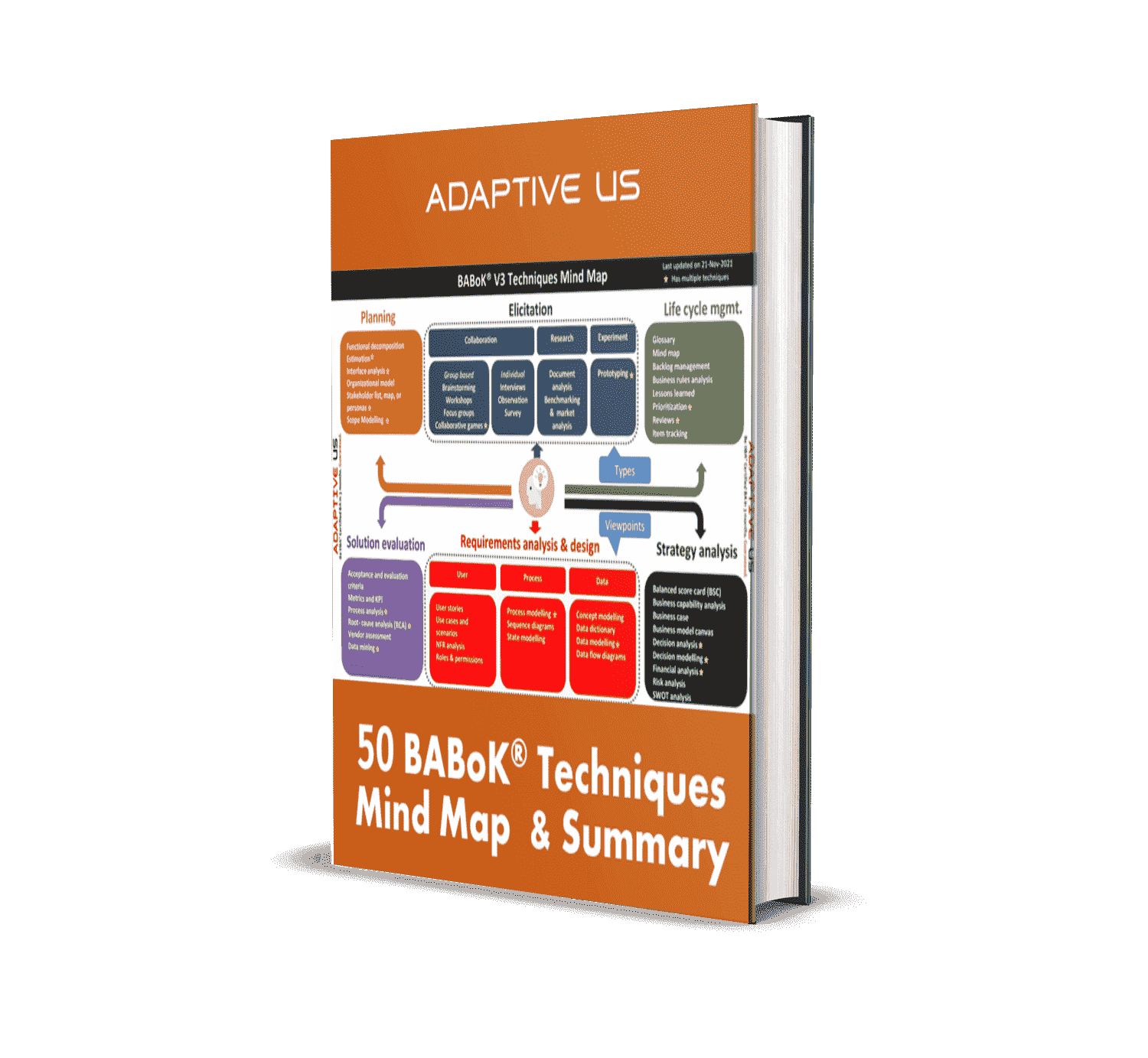Introduction
In today's fast-paced business landscape, data has emerged as a critical asset for organizations seeking a competitive edge. As businesses collect large amounts of data from various sources, the role of a business analyst in managing and deriving insights from this data has become increasingly important. Business analysts must master data management to fulfill their role and drive informed decision-making effectively. In this blog, we'll explore the types of data, the importance of mastering data management, challenges faced by business analysts, effective data management strategies, and different data management platforms, and conclude with the significance of mastering data management for business analysts.
Types of Data
Data comes in various forms, including structured, unstructured, and semi-structured. Structured data is organized and stored in a fixed format, making it easy to analyze using traditional database management systems. Unstructured data needs a predefined structure, including text documents, videos, images, and social media posts. Semi-structured data falls somewhere in between, with some organizational properties but more flexible than structured data.
Importance of Mastering Data Management
Effective data management is crucial for business analysts for several reasons. It ensures data quality, integrity, and consistency, which is essential for accurate analysis and decision-making. Moreover, mastering data management enables business analysts to identify relevant data sources, analyze trends and patterns, and derive actionable insights to boost business growth and innovation.
Business Analysis Challenges Addressed by Data Management: Business analysts often face challenges such as data silos, inconsistent data quality, and disparate data sources. Data management helps address these challenges by integrating data from various sources, ensuring data quality through validation and cleansing techniques, and establishing data governance frameworks to maintain consistency and compliance.
Types of Effective Data Management Strategies
- Data Governance:
- Definition: Establishing policies, procedures, and controls to ensure data security, privacy, and regulatory compliance.
- Examples:
- Data access controls and permissions.
- Data classification frameworks.
- Compliance with GDPR, HIPAA, or other regulatory requirements.
- Data Integration:
- Definition: Consolidating data from disparate sources into a unified view for analysis.
- Examples:
- ETL (Extract, Transform, Load) tools like Informatica, Talend, or SSIS.
- Real-time data integration platforms such as Apache Kafka or Amazon Kinesis.
- Data virtualization solutions like Denodo or Red Hat JBoss Data Virtualization.
- Data Quality Management:
- Definition: Ensuring data accuracy, completeness, and consistency.
- Examples:
- Data profiling tools like IBM InfoSphere Information Analyzer or SAS Data Quality.
- Data cleansing tools such as Trifacta or OpenRefine.
- Data quality monitoring and reporting platforms like Datameer or Alteryx.
- Master Data Management (MDM):
- Definition: Creating a single, authoritative source of master data across the organization.
- Examples:
- MDM platforms like Informatica MDM, SAP Master Data Governance, or IBM Master Data Management.
- Customer Data Platforms (CDPs) such as Salesforce Customer 360 or Adobe Experience Platform.
- Product Information Management (PIM) systems like Akeneo or Stibo Systems.
- Metadata Management:
- Definition: Providing context and meaning to the data through metadata.
- Examples:
- Metadata repositories like Collibra or Informatica Metadata Manager.
- Data catalog solutions such as Alation or Waterline Data Catalog.
- Automated metadata discovery tools like erwin Data Intelligence or IBM Watson Knowledge Catalog.
Each data management strategy plays a vital role in ensuring the effectiveness of data management initiatives within an organization. By implementing these strategies, businesses can improve data quality, enhance decision-making processes, and unlock the full potential of their data assets.
Different Data Management Platforms and Their Pros and Cons
- Relational Database Management Systems (RDBMS):
- Pros:
- Structured data storage and query capabilities.
- Compliance with ACID (Atomicity, Consistency, Isolation, Durability) ensures data integrity.
- Cons:
- Limited scalability for large datasets.
- Not suitable for handling unstructured or semi-structured data.
- Pros:
- NoSQL Databases:
- Pros:
- Flexible and scalable, ideal for unstructured and semi-structured data.
- Support for distributed architectures and horizontal scaling.
- Cons:
- Lack of ACID compliance may lead to data inconsistencies.
- Query languages may vary between different NoSQL databases, requiring specialized knowledge.
- Pros:
- Data Warehouses:
- Pros:
- Centralized storage for structured data.
- Support for complex analytics queries and business intelligence tools.
- Cons:
- It can be costly to maintain and scale.
- Longer data loading times may be needed for large datasets.
- Pros:
- Data Lakes:
- Pros:
- Store raw, unstructured data in its native format.
- Enable data exploration and analytics through various processing frameworks.
- Cons:
- Lack of schema enforcement may lead to data quality issues.
- Requires robust metadata management to maintain data governance.
- Pros:
- Cloud-Based Platforms:
- Pros:
- Scalability, flexibility, and cost-effectiveness.
- Managed services reduce administrative overhead.
- Cons:
- Potential concerns regarding data security and privacy.
- Dependency on internet connectivity for access and data transfer.
- Pros:
Each data management platform offers unique features and capabilities, catering to different data management needs and preferences. The right platform depends on data volume, variety, velocity, and the organization's requirements. Evaluating the pros and cons of platforms is crucial for selecting the most suitable solution to effectively manage and pull insights from the organization's data assets.
Conclusion
Mastering data management is essential for business analysts to overcome the challenges of data's ever-growing volume and complexity. By understanding the types of data, recognizing the importance of data management, addressing business analysis challenges, implementing effective data management strategies, and leveraging different data management platforms, business analysts can unlock the full potential of data to drive business success and innovation. In today's data-driven world, mastering data management is not just a skill but a necessity for business analysts to thrive and contribute to organizational growth.
You May Also Like
These Related Stories

Data Analyst vs. Data Scientist: Unraveling the Key Differences

Business Analyst Flow Chart Guide: Step by Step DFDs



No Comments Yet
Let us know what you think